15 Key Facts You Should Know About Mountain Lions In Oklahoma
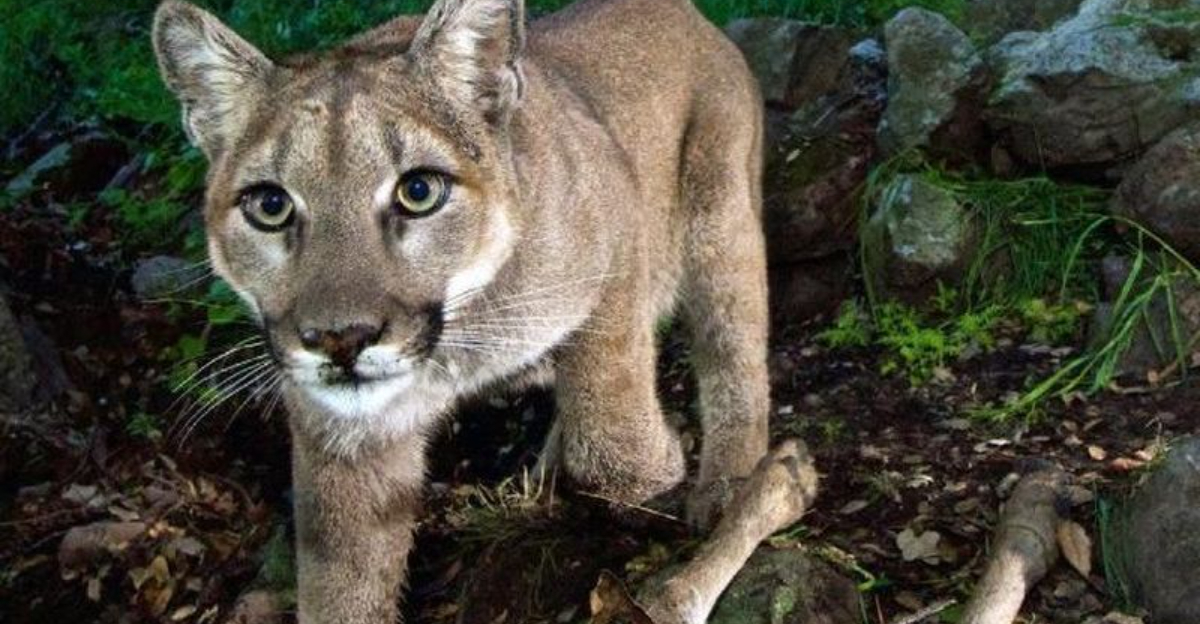
Hidden in the shadows of Oklahoma’s wilderness, mountain lions remain one of the state’s most mysterious predators.
These powerful cats occasionally wander through the Sooner State, sparking both fascination and concern among residents. Whether you’re a hiker, wildlife enthusiast, or simply curious about these elusive creatures, understanding the truth about Oklahoma’s mountain lions is essential for coexistence.
1. Rare But Present Visitors

Contrary to popular belief, mountain lions aren’t permanent Oklahoma residents. These stealthy cats occasionally pass through, typically young males searching for new territory after being pushed out from established populations in neighboring states.
Wildlife officials confirm only a handful of verified sightings each year, making actual encounters extremely uncommon.
2. Mistaken Identity Happens Often
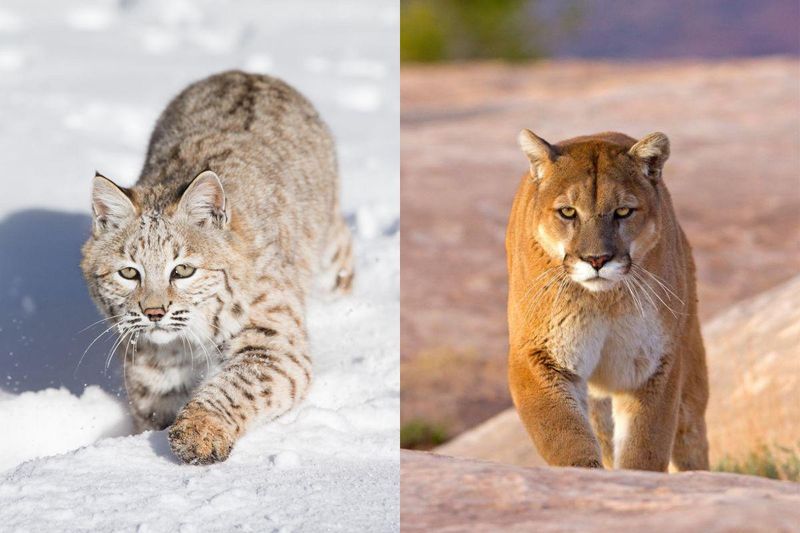
Got a mountain lion photo? Chances are it’s actually something else. Bobcats, large house cats, coyotes, and even dogs are frequently misidentified as mountain lions in Oklahoma.
The Oklahoma Department of Wildlife Conservation receives hundreds of reported sightings annually, but nearly 95% turn out to be cases of mistaken identity after expert analysis.
3. No Breeding Population Exists
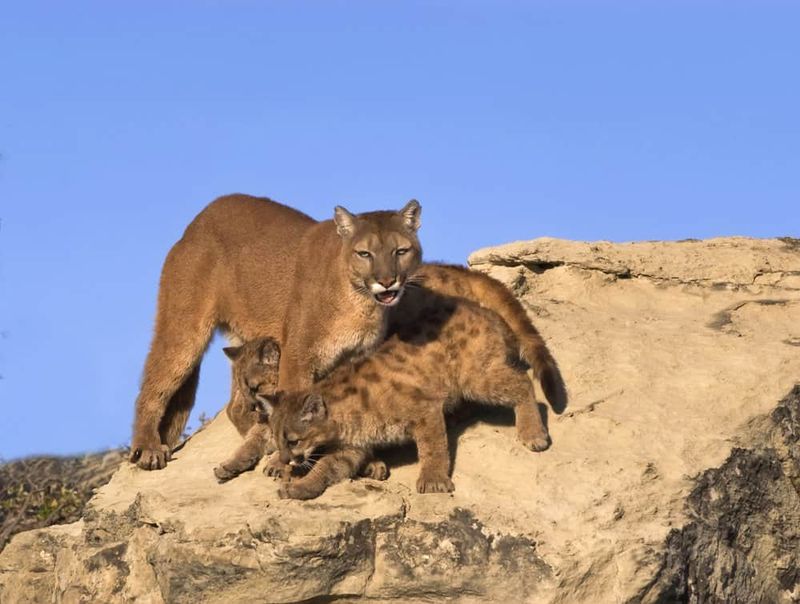
Despite occasional sightings, Oklahoma lacks a breeding mountain lion population. Scientific evidence shows no signs of established family groups or territories.
Most confirmed sightings involve transient males passing through. The absence of female tracks, kitten sightings, or recurring territorial markings confirms these big cats aren’t settling down in the Sooner State.
4. Western Oklahoma Sees More Activity

Wonder where you might spot one? Western Oklahoma counties report the majority of confirmed sightings. The rugged terrain and proximity to established populations in neighboring states make this region a natural corridor.
Counties like Cimarron, Texas, and Beaver have recorded more verified evidence than central or eastern parts of the state.
5. Historically Native Predators

Before European settlement, mountain lions roamed freely throughout Oklahoma. These apex predators were vital to the ecosystem, controlling deer populations and maintaining ecological balance.
By the early 1900s, hunting and habitat destruction had effectively eliminated resident populations. Their occasional return represents a small ecological reconnection to the state’s wild past.
6. Protected Wildlife Status
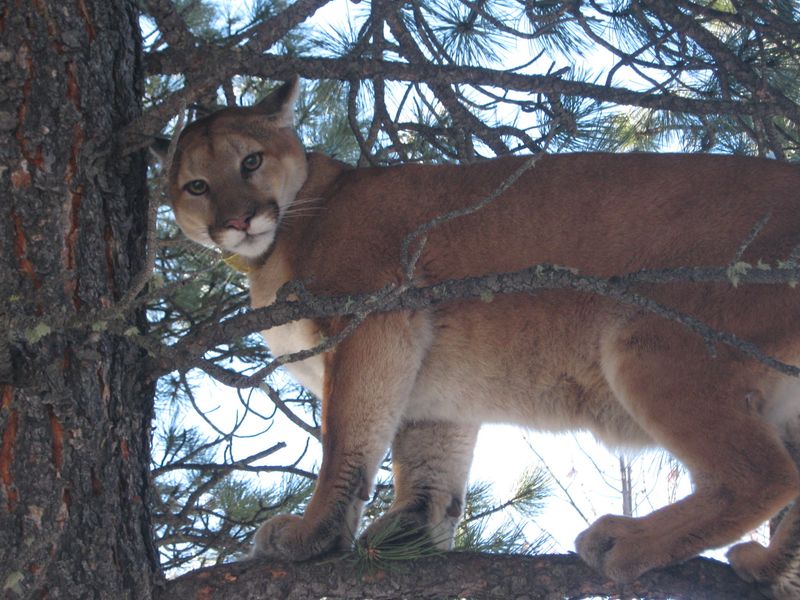
Legally speaking, mountain lions occupy an unusual position in Oklahoma. They’re classified as unprotected wildlife, meaning there’s no designated hunting season, but no blanket protection either.
If one threatens livestock or people, it can be killed. However, the Department of Wildlife Conservation strongly encourages reporting sightings rather than taking action.
7. Exceptional Physical Capabilities
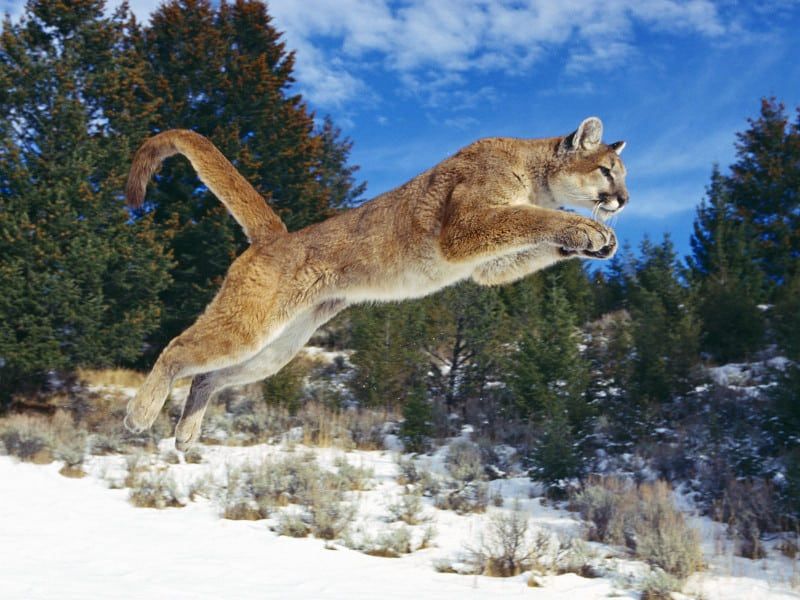
Jaw-dropping athleticism defines these big cats. Oklahoma’s visiting mountain lions can leap 15 feet vertically, jump horizontally up to 40 feet, and sprint at speeds reaching 50 mph.
Their powerful build allows them to drag prey three times their own weight. A mountain lion’s night vision is six times better than a human’s, making them perfectly adapted for twilight hunting.
8. Deer Dominate Their Diet

Venison tops the menu for these traveling predators. Studies of mountain lion scat and kill sites show white-tailed deer make up roughly 70% of their diet when passing through Oklahoma.
They’ll also opportunistically hunt wild hogs, raccoons, and other small mammals. Unlike some rumors suggest, domestic pets represent a tiny fraction of their natural diet.
9. Extremely Secretive Behavior
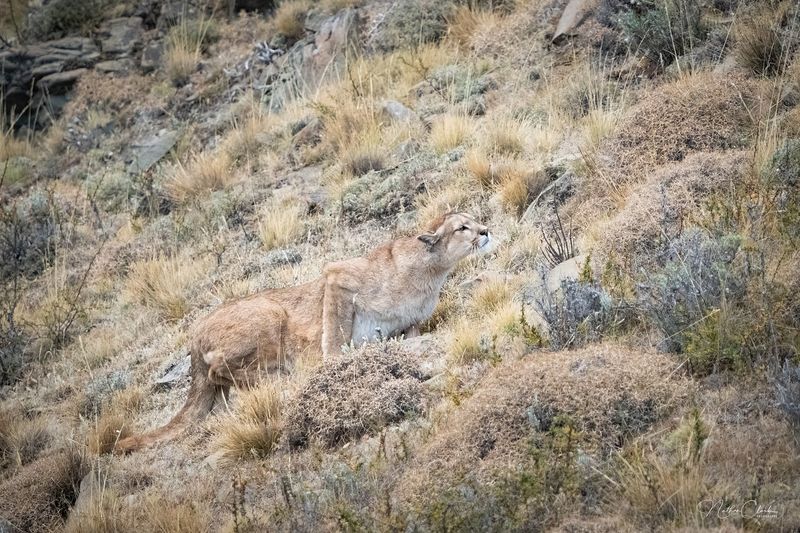
Stealth masters of the highest order, mountain lions can live near humans without ever being detected. Their solitary, nocturnal habits and incredible camouflage make them virtually invisible in Oklahoma’s landscapes.
Many pass through populated areas completely unnoticed. Even experienced outdoorspeople might spend a lifetime in lion country without spotting one.
10. Distinctive Track Patterns

Found mysterious paw prints? Mountain lion tracks have some telltale signs. Look for rounded toe pads arranged in an asymmetrical pattern around a main pad, typically 3-4 inches wide without claw marks.
Dog tracks, often confused with lion prints, show claw marks and more symmetrical toe arrangements. Authentic mountain lion tracks in Oklahoma should be reported to wildlife officials.
11. Attack Risk Extremely Low
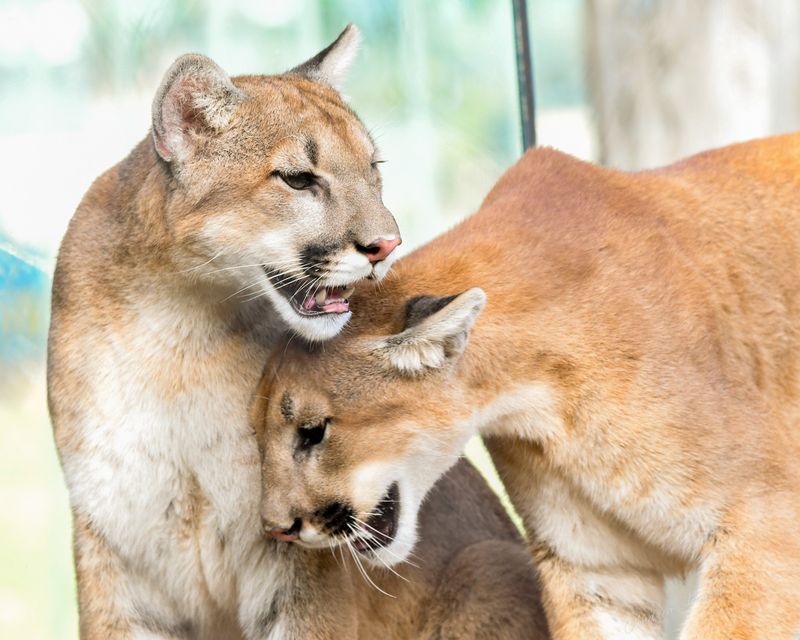
Breathe easy – your chances of a mountain lion encounter in Oklahoma are incredibly slim, and an attack is even more remote. No documented mountain lion attacks on humans have occurred in Oklahoma’s modern history.
Nationwide statistics show these cats actively avoid human contact. They’re naturally wary of people and typically retreat long before being spotted.
12. Confusing Common Names

Ever heard someone mention cougars, pumas, or panthers in Oklahoma? They’re all talking about the same animal – Puma concolor. This cat holds the Guinness World Record for having the most common names of any mammal.
Regional terminology varies widely, but scientifically speaking, these occasional Oklahoma visitors belong to the same species regardless of what locals call them.
13. Trail Camera Verification Process
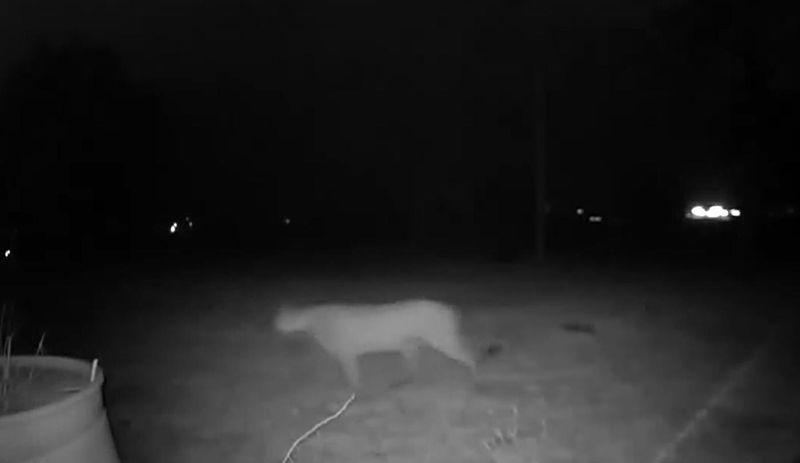
Caught something cat-like on your trail camera? Oklahoma has a specific verification protocol for potential mountain lion sightings. The Department of Wildlife Conservation examines photo metadata, location details, and distinguishing features.
Only images passing rigorous expert review become officially confirmed sightings. They recommend submitting clear photos with date stamps and precise location information.
14. Habitat Fragmentation Challenges
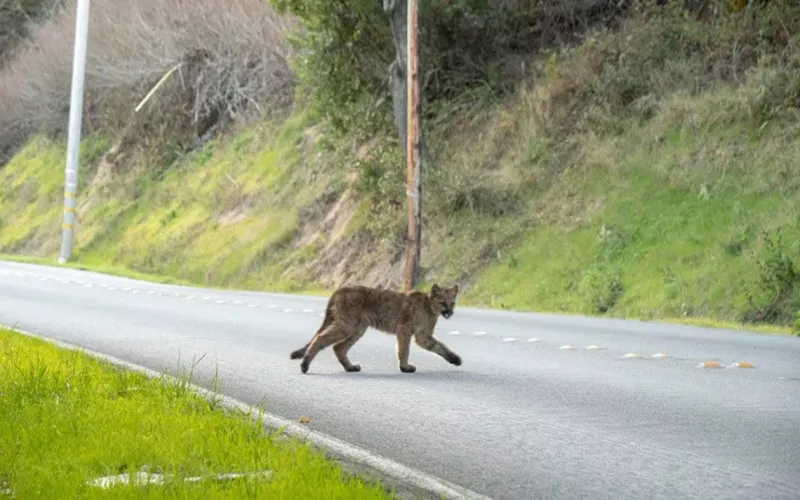
Roads, development, and agricultural expansion create serious obstacles for mountain lions traveling through Oklahoma. These barriers fragment potential habitat and increase dangerous road crossings.
Young males seeking new territory must navigate this gauntlet of human infrastructure. Conservation biologists study these movement corridors to better understand how mountain lions adapt to changing landscapes.
15. What To Do During An Encounter
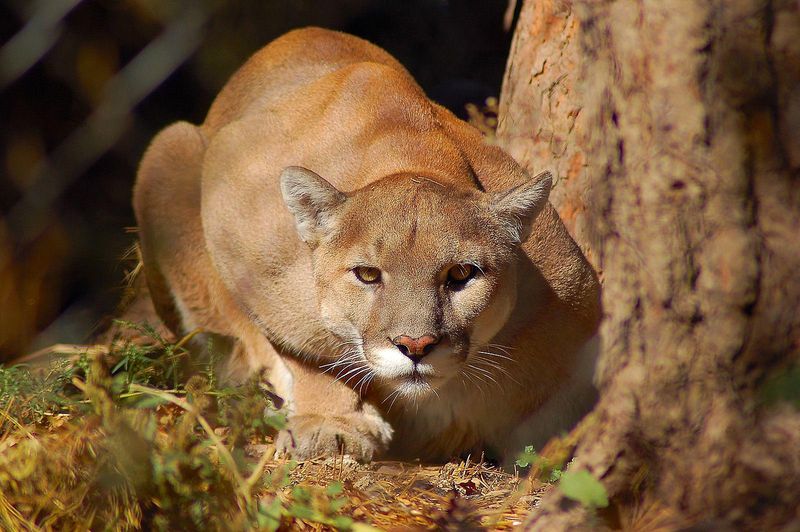
Face-to-face with Oklahoma’s rarest predator? Stay calm and remember key safety steps. Make yourself appear larger by raising arms and opening jackets. Never run – this can trigger chase instincts.
Back away slowly while maintaining eye contact. If traveling with children, pick them up immediately. Report any sightings to the Oklahoma Department of Wildlife Conservation.






